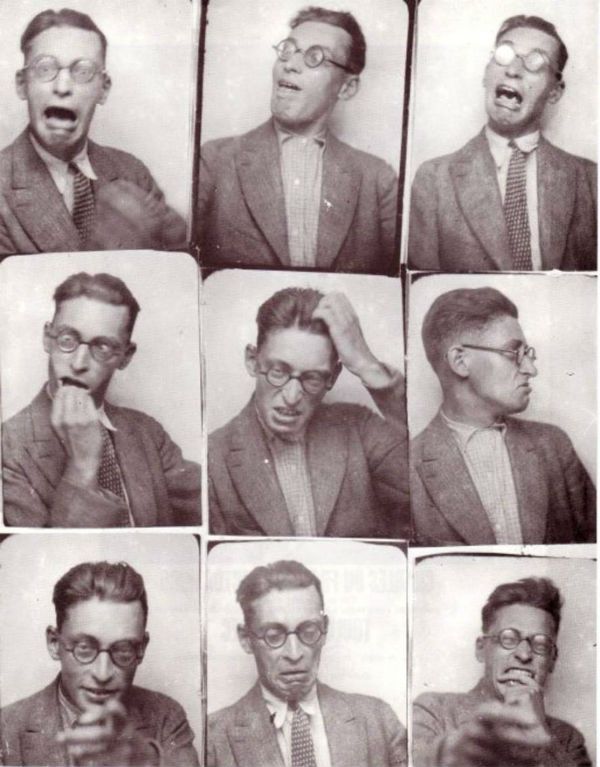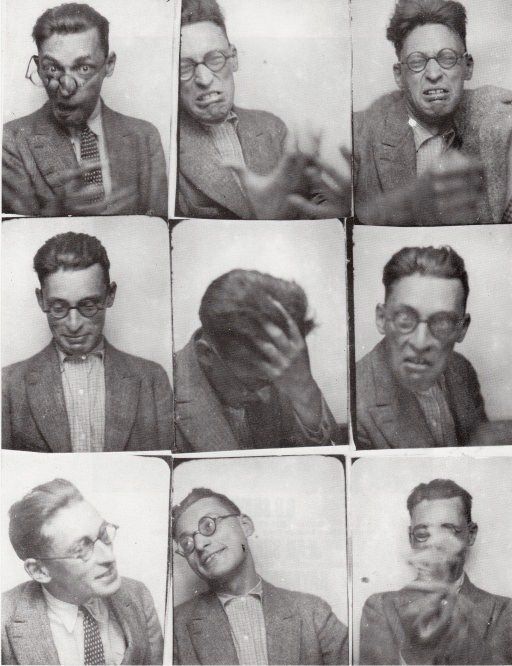From Queneau to Oupoco
The Oupoco project was inspired by Raymond Queneau's book Cent mille milliards de poèmes, published in 1961.
"Queneau's book-object, designed by Robert Massin, offers the reader an instrument that allows him to combine verses in such a way as to compose poems respecting the form of the sonnet: two quatrains followed by two tercets, that is to say fourteen verses (. ... The book can be seen as consisting of ten sheets, each separated into fourteen horizontal strips, each strip bearing a verse on its front. The reader can therefore, by turning the horizontal strips like pages, choose for each verse one of the ten versions proposed by Queneau. The ten versions of each line have the same scansion and rhyme, which ensures that each sonnet thus assembled is regular in form." (Wikipedia). In Queneau's own words in his preface, "This little work allows anyone to compose a hundred thousand billion sonnets at will, all of them regular of course. It is, after all, a sort of machine for producing poems, but in limited numbers; it is true that this number, although limited, provides reading for nearly two hundred million years (by reading twenty-four hours a day). "
Queneau's idea very quickly gave rise to computer implementations. Queneau himself, with the Oulipo, was able to examine such a realisation as soon as the book was published, thanks to a collaboration with a team from IBM, without being convinced by the result. The Oulipo Archives reveal that it was the mechanical and random aspect of the automatic selection that put Queneau off. Clearly, for Queneau, his book is a "ouvroir de poésie", i.e. an object allowing the creation of poems by combining existing verses, but the eye of the reader, of the person handling the book, is essential. It is not a question of generating randomly, but of composing a poem by combining and carefully choosing verses from among those that exist and always under the watchful eye of the reader, who is at the same time a poet thanks to the device that has been developed.
Queneau's work exists in paper form. It is still under copyright, which prohibits its use for online exploitation, even if computerised versions of Queneau's work can be found online (despite what we know of Queneau's attempts to do so!). It is true that the paper version of the book is actually rather difficult to handle. It is more of an idea, an amusing "concept" than a work intended for reading, but it is obvious that a functional edition on computer support would be extremely interesting and even desirable from a certain point of view.
If it is not possible to take up Queneau's poems, it is on the other hand quite possible to draw inspiration from his approach. For example, the idea of starting from a set of French sonnets and recombining them, obviously taking care of questions of rhyme and assonance... The presence of a set of constraints that can be manipulated by the user is also a response to Queneau's reticence: Oupoco is not simply an automatic generator, it also and above all works interactively, according to the constraints brought by the user.

